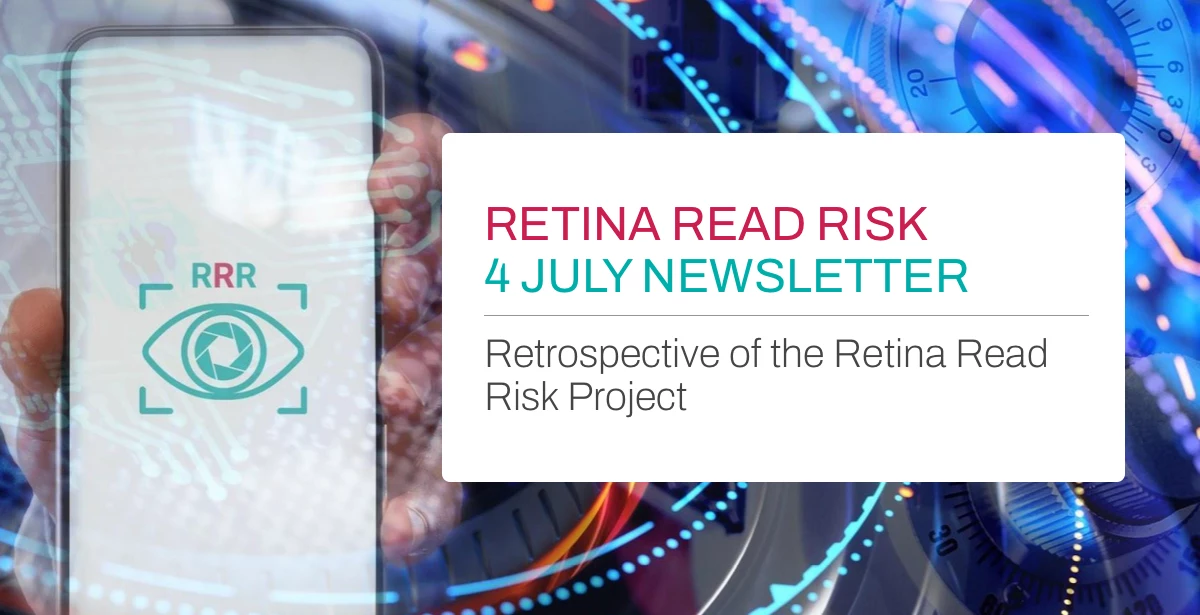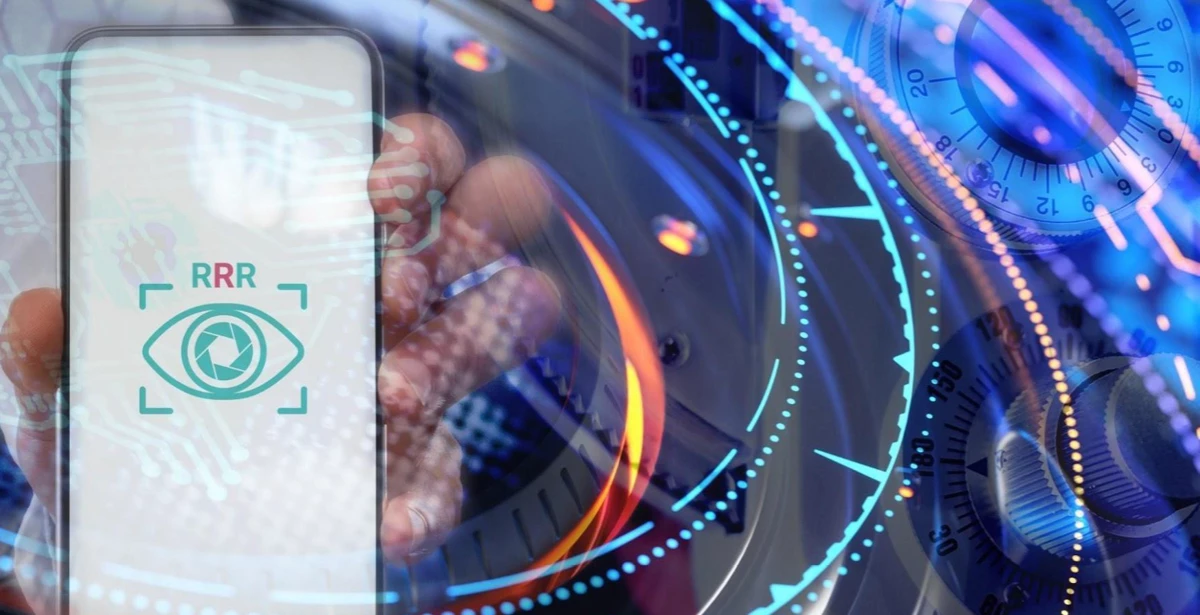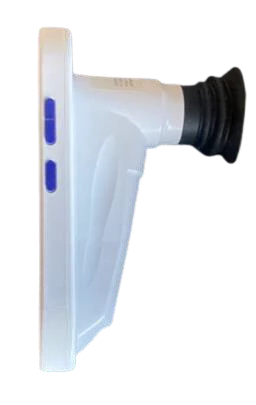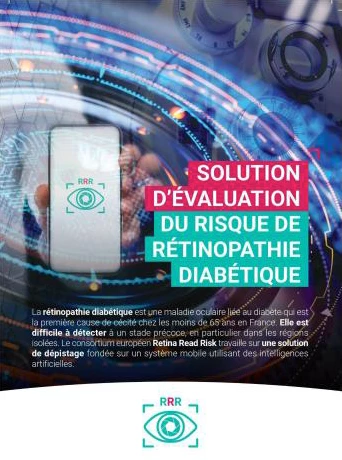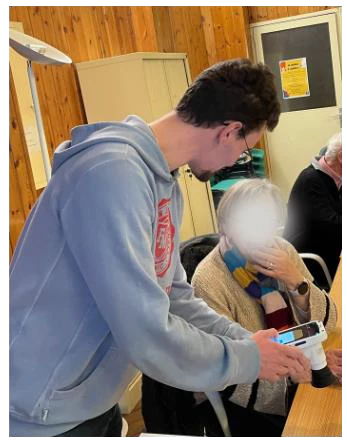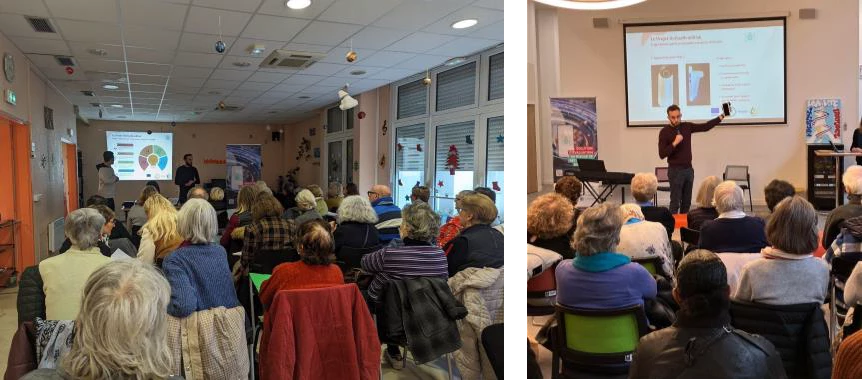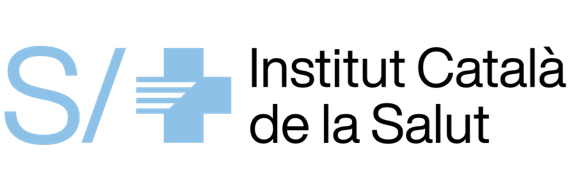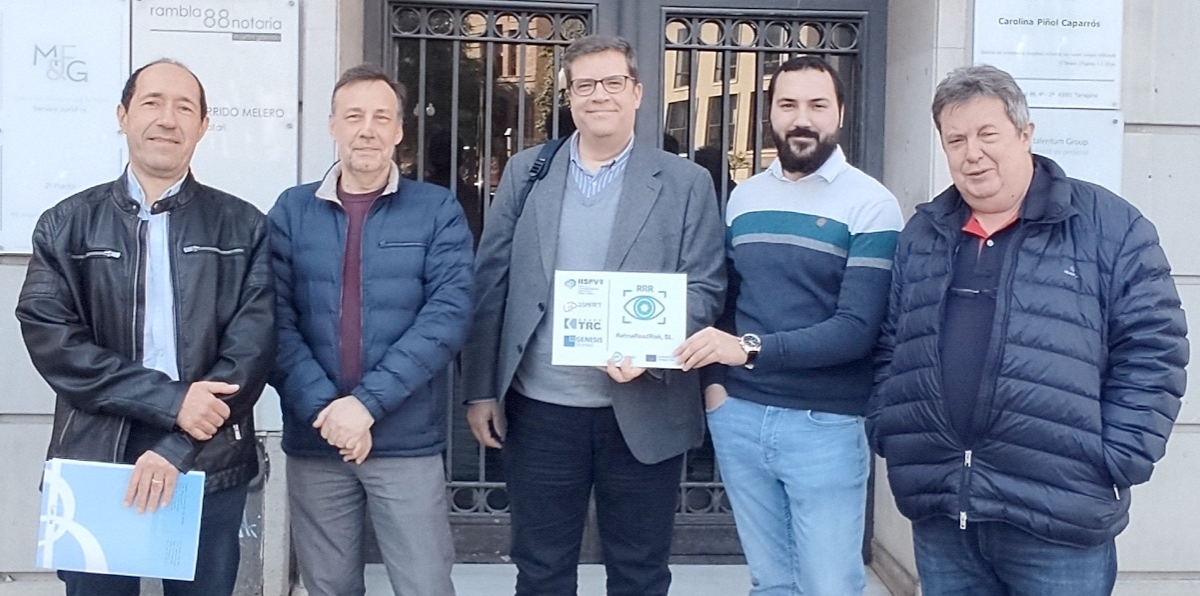RETINA READ RISK – 4 JULY NEWSLETTER. Retrospective of the Retina Read Risk Project
About Retina Read Risk
Retina Read Risk was officially launched in 2022. The goal of this 3-year project is to develop hardware and software for a new vision-screening process for diabetic retinopathy that, compared to previously developed methods, is both safer for patients and less time-consuming for medical staff. Retina Read Risk is a multidisciplinary endeavor centered on patient and caregiver perspectives. The project consortium includes various innovation partners: research laboratories, hospitals, a patient association, one of the world’s largest telecom groups, a hospital telecom service-provider, a consulting firm specialized in launching health start-ups, and a non-profit foundation that funds applied medical research. They share a common objective: to improve and personalize vision-screening of diabetic patients through E-health systems.
Featured interview: Professor Pere Romero-Aroca
This issue features an interview with the project’s Principal Investigator, Prof. Pere Romero-Aroca. He provides important background information on diabetic retinopathy, explains the approach used by Retina Read Risk to address current needs in vision-screening among diabetic patients, and outlines the advantages of Retina Read Risk compared to other approaches.
Update on the clinical trial
The first clinical trial on Retina Read Risk, launched in Spain in October 2022, has involved nearly 4,200 screenings to date. It is providing data for, and will ultimately demonstrate the efficacy and reliability of, the Artificial Intelligence (AI) component of Retina Read Risk, which has already detected diabetic retinopathy at different stages (mild, moderate or severe-proliferative) in 388 patients. Thanks to the patients and clinicians who participated in the trial, the consortium will continue to advance Retina Read Risk towards routine clinical use.
Interview with Prof. Pere Romero-Aroca. Principal investigator RRR
RRR: Please tell us a bit about yourself, your lab and your research.
PRA: As a Professor of Ophthalmology at the University Rovira i Virgili, Head of Ophthalmology at the Hospital Universitari Sant Joan de Reus, and researcher at the Pere Virgili Health Research Institute (IISPV), I have been dedicated to the diagnosis and treatment of diabetic retinopathy (see below) for more than 25 years. In the past 10 years, my research group has been focused on developing two algorithms: MIRA, for the detection of DR through automatic image-reading; and RETIPROGRAM, which predicts the risk of developing DR and stratifies DR screening between 12 and 36 months.
RRR: How does diabetes cause eye damage?
PRA: Diabetes affects vision in the form of retinal damage called diabetic retinopathy (DR), which leads to low vision or even blindness in patients if it is not detected early.
RRR: How common is diabetic retinopathy in the world population?
PRA: The epidemiology of DR varies by country. In developed countries, around 20% of diabetics have DR, with new cases arising in 4-7% of the diabetic population annually, whereas in undeveloped countries, epidemiology data vary due to the difficulty in obtaining reliable data. It is estimated that in Africa, between 30% and 40% of patients with diabetes mellitus have DR, with the severe forms being the most frequent.
RRR: Is that eye damage treatable or preventable?
PRA: The prevention of DR involves screening the retina, through annual retinographies in diabetic patients. If DR is detected, or there are important risk factors without DR, strict control of glycemia and blood pressure can slow down both its onset and its evolution.
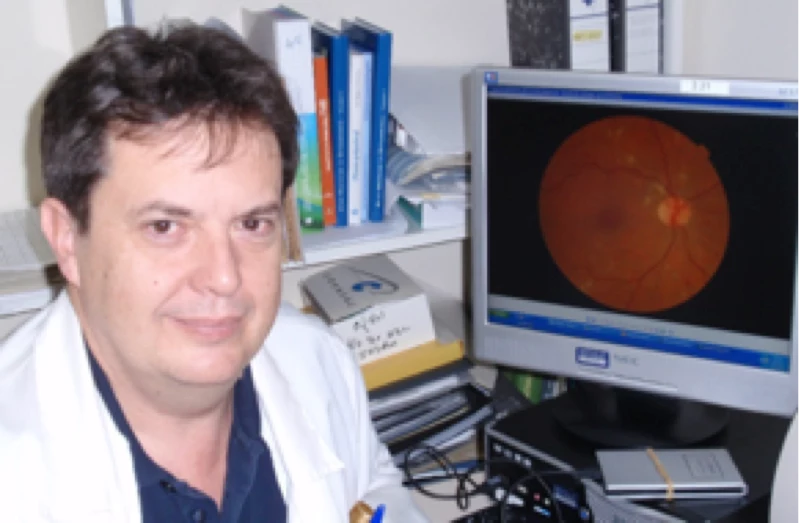
Prof. Pere Romero-Aroca, Principal Investigator, Retina Read Risk (photo: PRA).
RRR: Can you explain the problem that you are trying to solve with the project Retina Read Risk, your proposed solution and how it addresses the needs of diabetic patients?
PRA: The prevalence of DM in the population is 15%, which makes screening all diabetic patients annually by traditional methods unfeasible. Therefore, to access the greatest possible number of patients, the screening must draw on different experts and artificial intelligence techniques. To this end, we have developed the two algorithms that I mentioned before: MIRA, which automatically reads images, thereby speeding up patient screening; and RETIPROGRAM, which predicts DR and allows screening to be stratified over time, between 12 and 36 months, according to nine risk factors.
RRR: Previous work in this area done by other groups yielded mixed results on the quality of smartphone photography for diagnosing DR. How does your team aim to improve on that earlier work?
PRA: The current generation of detection equipment uses systems that include mobile phones incorporated into the imaging equipment. However, in all cases, they require the patients’ pupils to be dilated, making them unfeasible. For this reason, we have opted for portable retinographs, which, being almost identical in terms of equipment, enable us to obtain even better images, without the need for pupillary dilation.
RRR: Will you establish standardized parameters that could be used by patients and healthcare professionals all around the world?
PRA: Automatic reading algorithms can be directly associated either with the portable retinograph or with the patients’ clinical history. Moreover, the risk of DR development establishes the stratification of patients with a screening window longer than the 12 months currently required. We believe that to facilitate screening for DR, the image-acquisition equipment must avoid the need for pupillary dilation and, whenever possible, be portable.
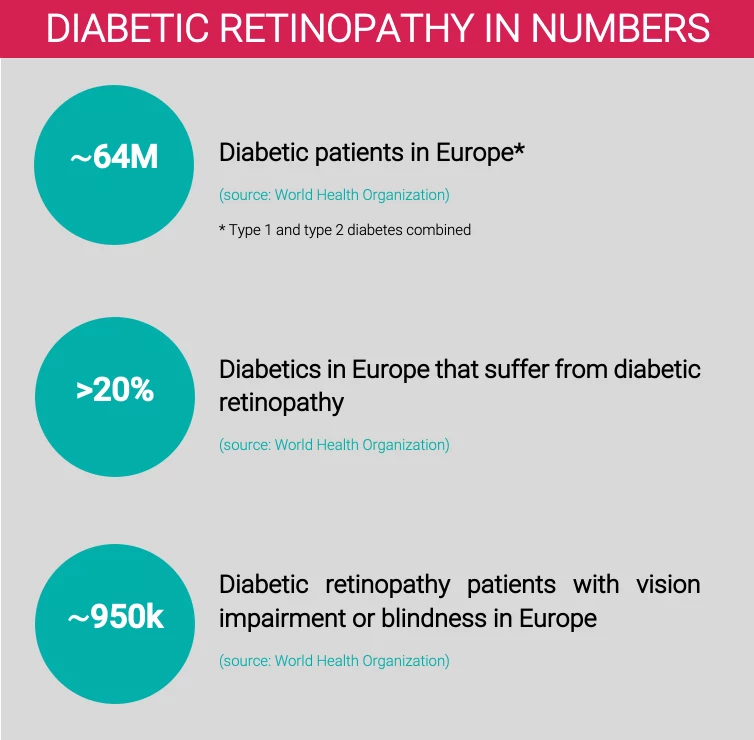
The Retina Read Risk team wishes you a happy summer 2024!
To get the latest news on the Retina Read Risk project, please subscribe to the newsletter.
You can contact us at this email
This project (reference 230123) is supported by EIT Health, a knowledge and innovation community of the European Institute of Innovation and Technology (EIT).

The Consortium of Retina Read Risk project
RetinaReadRisk
RetinaReadRisk is the spin-off created within the framework of the European project Retina Read Risk, and founded by Institut d’Investigació Sanitària Pere Virgili (IISPV), GENESIS Biomed, UP2Smart and Grupo TRC in February 2023, it aims to bring a solution to facilitate screening of diabetic retinopathy. The creation of the company emerged from a project supported by EIT Health, an aspect that also gives it an international projection. The new spin-off RetinaReadRisk benefits from more than 10 years of work from researchers and hopes to attract private and public funding in the next 2-3 years to be able to finalize the development of the product and commercialize the solution developed during Retina Read Risk project.
For more information visit: https://retinareadrisk.eu/
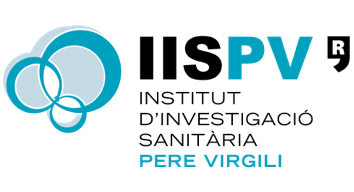
Institut d’Investigació Sanitària Pere Virgili (IISPV)
The IISPV is a biomedical research institute placed in the province of Tarragona (Catalonia, Spain) that combines clinical and basic research in order to accelerate the translation of knowledge to the benefit of patients. Founded in 2005, the institute integrates the Hospital Universitari de Tarragona Joan XIII, the Hospital de Tortosa Verge de la Cinta, the Hospital Universitari Sant Joan de Reus, the Hospital Universitari Institut Pere Mata and the Universitat Rovira i Virgili, in order to bring together and manage biomedical research and innovation in the territory. The IISPV aims to be a national and international reference centre in biomedical research and translation, at the service of the population, linking the health centres to the community.
For more information visit: https://www.iispv.cat/en/
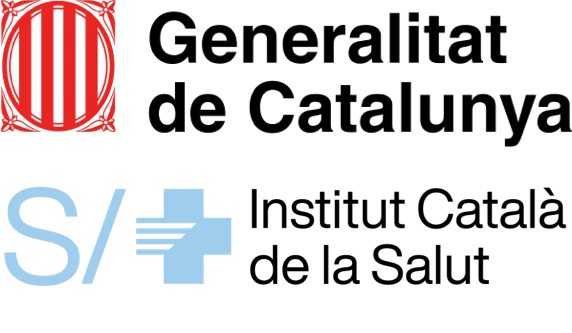
Institut Català de la Salut (ICS)
The Catalan Institute of Health (ICS) is the largest public health services company of Catalonia with a staff of over 53,031 professionals, that provides health care to nearly six million people across the country. As a reference entity of the public health system, the aim of ICS is to improve people’s health and quality of live, through the provision of innovative and excellent health services, regarding both the promotion of health and the treatment of diseases, from the most prevalent to the most complex ones. ICS structure includes 953 primary care centres and local consultancy, 8 Hospitals and 7 research institutes, including IISPV as a one of them. Our organization mission states to be a model that, through its structure and participants, responds to projects of strategic relevance to the ICS, guaranteeing the capacity and sufficient knowledge to execute them in short terms and obtaining fast returns in the form of results and value for the organization. ICS’ vision would become a reference and reliable model for all management structures, corporate and territorial, and ICS professionals to promote innovative projects, advise on their approach and relate, if necessary, external agents that collaborate in its deployment and / or provide resources. Since mid-2021 till mid-November 2023, Mr Francesc Iglesias, responsible of the Research and Innovation support office of ICS, has been the chairman of the Governing Board of EIT Health Spain, being actually the vicechair of the EIT Health Spain foundation and Chair of INNOLIFE.
For more information visit: http://ics.gencat.cat/es/inici/index.htm
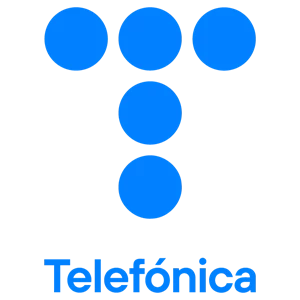
Telefónica
Telefónica is one of the world leaders integrated operator in the telecommunication sector, providing communication, digital services, information and entertainment solutions, with operations in 12 countries in Europe and Latin American and with a global present in 38 countries. As of the end of 2022, Telefónica’s total number of customers amounted more than 383 million and 103,000 professionals. Telefónica spends more 3.700 million euros each year on technological innovation, including more than 714 million euros on R&D of new products, services and management systems and improvement of existing ones. In the health sector, Telefonica is working in several areas like Telemedicine, geo-localised transport of living tissue between hospitals, assisted surgery operations with 5G and VR, AI applied to disease detection, etc.
For more information visit: https://www.telefonica.com/en/
Grupo TRC
Grupo TRC has over 30 years of experience working hand in hand with groups of hospitals, developing applications to optimize and integrate all activities and processes of a health center in a unified platform.
The experience in the integration of advanced telecommunications systems, in the deployment of voice operator and connectivity services and in the development of customized software, both public and private sectors, national and international, are the guarantee of the commitment to the quality of our deployments, solutions and services.
For more information visit: https://www.grupotrc.com/
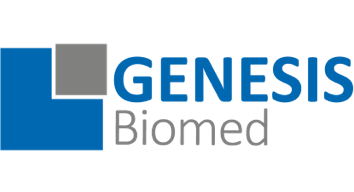
GENESIS Biomed
GENESIS Biomed is a consultancy firm in the biomedical healthcare sector specialized in providing consulting services in the genesis and first phases of lifecycle of biomedical spin-off and start-up companies, entrepreneurs, and research centers.
Based in its expertise GENESIS Biomed helps entrepreneurs and researchers to shape their business plan and supports them in the private fundraising process. GENESIS Biomed has raised >68,5 M€ in the last years in 20 rounds.
GENESIS Biomed expertise domains are biopharmaceutical, biotechnological, medical devices, in vitro diagnostic, nutraceutical and cosmetic. With more than 20 years of expertise in the healthcare sector, GENESIS Biomed is born in May 2017, and it is located in the Barcelona Science Park, and also with company sites in Madrid center and at La Marina in Valencia.
For more information visit: https://genesis-biomed.com/
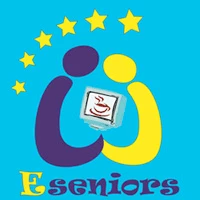
E-Seniors
E-Seniors is a French non-profit association, founded in 2004 by Monique EPSTEIN. E-Seniors aims at fighting against e-exclusion by providing access to and training in ICT to seniors and/or disabled people. Its main objectives are bridging and shrinking the digital gap between generations, caring for elders by fighting against senior isolation, and opening new horizons for efficient use of free time. Besides teaching “basic computer skills”, E-Seniors has opened more thematically oriented workshops for “advanced” students, dealing with, for example, digital images and sounds, interactive messaging and chat, “writing memories”, and meetings dealing with the fight against e-exclusion. Through its work for elderly people and with them, the association tries as well to enhance awareness of the importance of ICT solutions in everyday life.
For more information visit: https://www.e-seniors.asso.fr/en_main.htm
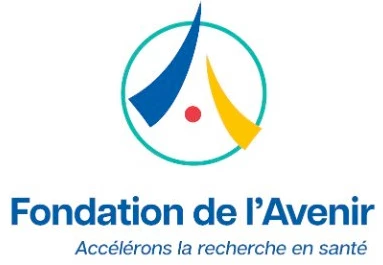
Fondation de l’Avenir
The Fondation de l’Avenir aims to support and promote applied medical research for the benefit of patients. Created in 1987 by the Mutualité, it has been recognized as a public utility since 1988. Today, the Foundation is the link between the mutualist movement and public health actors. The Fondation de l’Avenir can count on more than 43,000 donors and 40 partners from the social and solidarity economy, all of whom are mobilized to advance medical progress. The Foundation has financed more than 1,300 projects since its creation, including many world firsts. It is managed by an Executive Board, chaired by Marion LELOUVIER, under the control of a Supervisory Board, chaired by Matthias SAVIGNAC.
For more information visit: https://www.fondationdelavenir.org/
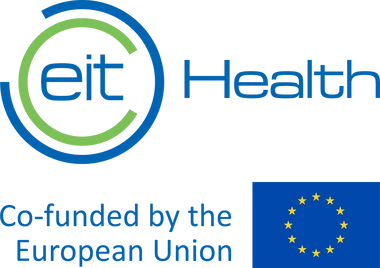
EIT Health
EIT Health is a network of best-in-class health innovators with approximately 130 partners and is supported by the European Institute of Innovation and Technology (EIT), a body of the European Union. We collaborate across borders to deliver new solutions that can enable European citizens to live longer, healthier lives.
As Europeans tackle the challenge of increasing chronic diseases and multi-morbidity, and seek to realise the opportunities that technology offers to move beyond conventional approaches to treatment, prevention and healthy lifestyles, we need thought leaders, innovators and efficient ways to bring innovative healthcare solutions to market. EIT Health addresses these needs. We connect all relevant healthcare players across European borders – making sure to include all sides of the “knowledge triangle”, so that innovation can happen at the intersection of research, education and business for the benefit of citizens.
EIT Health: Together for healthy lives in Europe.
For more information visit: www.eithealth.eu.
Disclaimer The Retina Read Risk project is funded by the European Union. Views and opinions expressed are however those of the author(s) only and do not necessarily reflect those of the European Union or the EIT. Neither the European Union nor the granting authority can be held responsible for them
